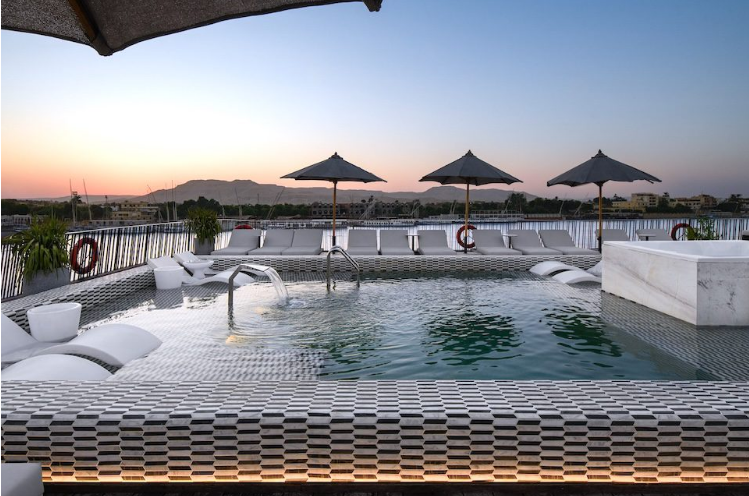
In recent years, the construction industry has witnessed a growing trend towards sustainable and innovative building materials. One such material gaining popularity is thermo-treated cladding, often referred to as Thermowood cladding. This advanced technique not only enhances the performance and durability of wood but also contributes to a visually appealing and environmentally friendly building solution. In this article, we will explore the benefits of thermo-treated cladding and its relevance in modern architecture.
What is Thermo-Treated Cladding?
Thermo-treated cladding is produced by subjecting timber to high temperatures in a controlled environment. This process alters the physical and chemical properties of the wood, making it more durable, stable, and resistant to moisture. The wood is typically heated to temperatures ranging from 160°C to 240°C (320°F to 464°F) without the use of chemicals, resulting in a natural, eco-friendly product known as Thermowood.
Thermo-treated wood is available in various species, including pine, spruce, and oak, allowing architects and builders to choose the most suitable type for their specific project needs. The aesthetic appeal of thermo-treated cladding is also enhanced during the treatment process, as it takes on a rich, dark color that can complement a variety of architectural styles.
Benefits of Thermo-Treated Cladding
- Enhanced Durability
One of the primary benefits of thermo-treated cladding is its enhanced durability. The thermal modification process significantly improves the wood’s resistance to decay, insects, and fungal attacks. This means that buildings clad with Thermowood can withstand harsher environmental conditions, making it an ideal choice for outdoor applications. The increased durability translates to a longer lifespan for the cladding, reducing the need for frequent replacements.
- Stability and Dimensional Integrity
Thermo-treated wood exhibits superior stability compared to untreated wood. The thermal treatment reduces the wood’s moisture content, resulting in a lower tendency for warping, splitting, or cracking. This dimensional stability is especially beneficial in climates with fluctuating temperatures and humidity levels. As a result, Thermowood cladding maintains its appearance and structural integrity over time, ensuring a lasting investment for building owners.
- Low Maintenance Requirements
Another significant advantage of thermo-treated cladding is its low maintenance requirements. The thermal treatment process not only enhances the wood’s durability but also reduces its susceptibility to moisture, which helps prevent mold and mildew growth. This means that buildings clad with Thermowood require less frequent maintenance and cleaning compared to traditional untreated timber. With its natural resistance to environmental factors, thermo-treated cladding allows property owners to spend less time and money on upkeep.
- Environmental Sustainability
In an era where sustainability is paramount, thermo-treated cladding stands out as an eco-friendly building material. The process uses only heat to modify the wood, eliminating the need for harmful chemicals that can negatively impact the environment. Moreover, Thermowood is often sourced from sustainably managed forests, ensuring that the material is both renewable and responsibly harvested. By choosing thermo-treated cladding, builders can contribute to sustainable construction practices while enhancing the environmental performance of their projects.
- Aesthetic Appeal
Thermo-treated cladding offers a unique aesthetic that can enhance the visual appeal of any structure. The thermal treatment gives the wood a rich, deep color that can range from a warm brown to a dark charcoal hue. This natural finish can complement various architectural styles, from contemporary designs to traditional facades. Additionally, Thermowood can be treated with oils or stains to further enhance its appearance while providing additional protection against the elements.
- Versatility in Design
Thermo-treated cladding is highly versatile and can be used in various applications, including residential, commercial, and public buildings. Its adaptability allows architects and designers to experiment with different profiles, textures, and finishes to achieve the desired look and functionality. Whether used as a primary cladding material or as an accent feature, Thermowood adds a unique character to any project.
Conclusion
Thermo-treated cladding represents a significant advancement in wood technology, offering numerous benefits that align with the needs of modern architecture. With enhanced durability, stability, low maintenance requirements, and a commitment to sustainability, Thermowood cladding is a compelling choice for builders and architects alike. Its aesthetic appeal and versatility further contribute to its popularity in contemporary design.
For those considering thermo-treated cladding for their next project, collaborating with experienced cladding specialists can provide valuable insights and guidance. At Timber Cladding Specialists, we understand the intricacies of timber cladding and can assist you in making informed choices that elevate your architectural vision while ensuring long-lasting performance.






